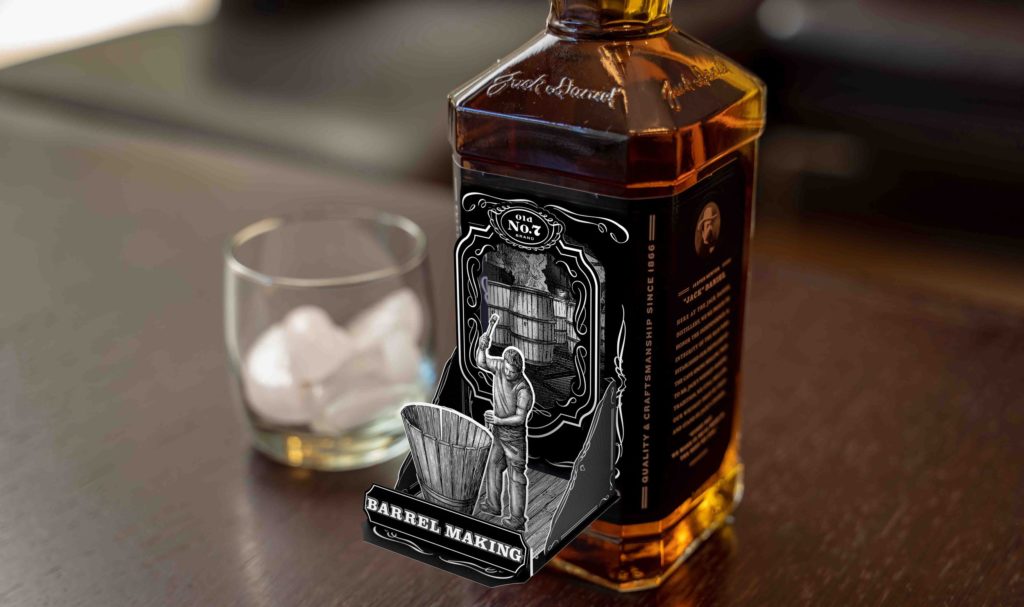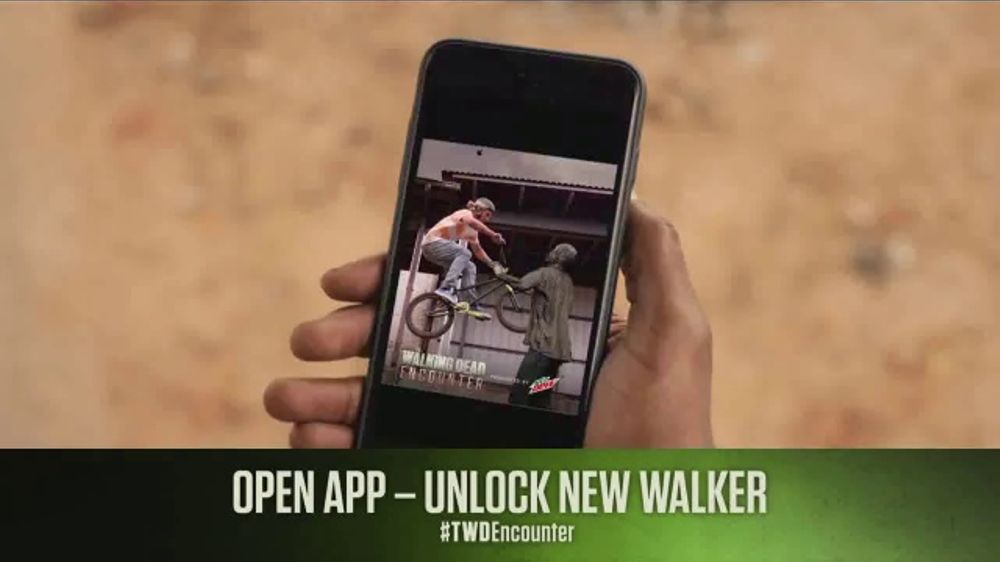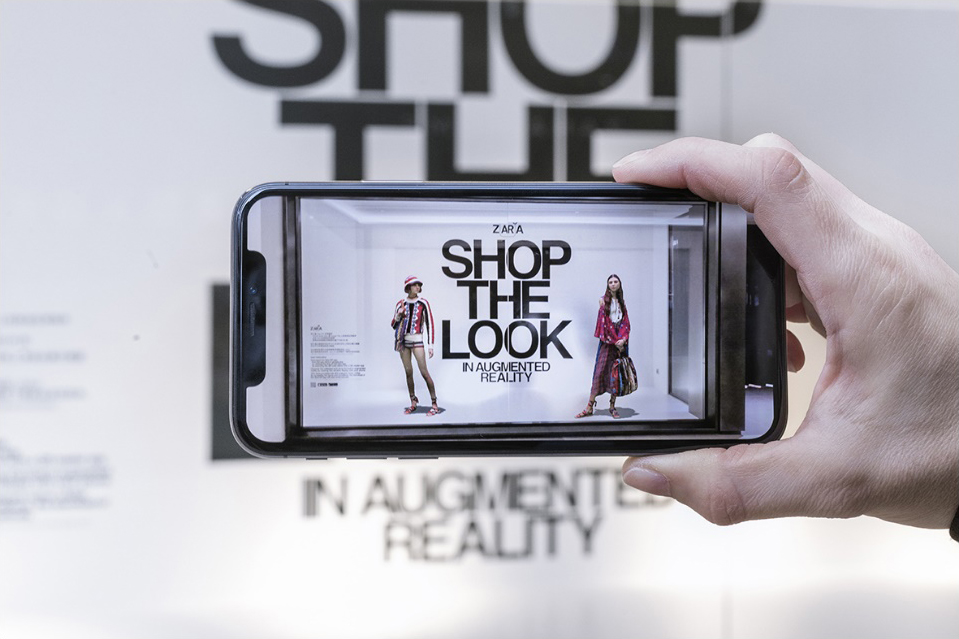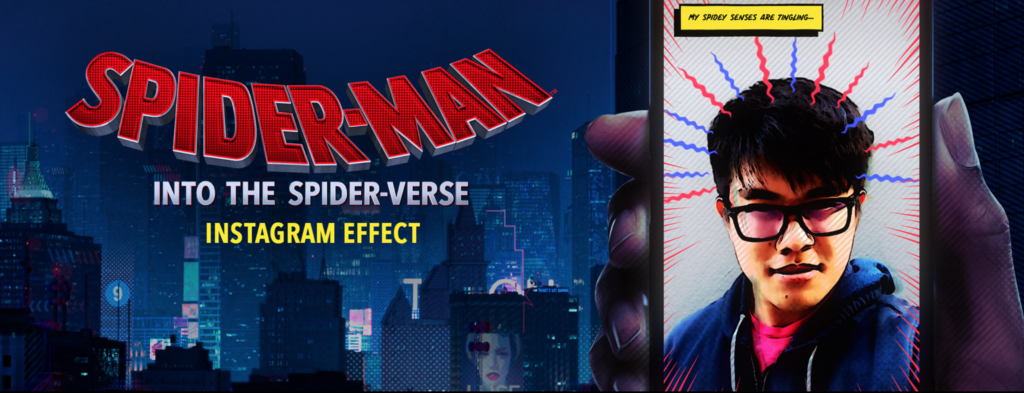Providing a better consumer experience using immersive technology.
When it comes to any business, marketing is everything. It builds brand awareness, creates an opportunity for you to engage with your customers, and can increase sales. Unique advertising campaigns can help you stand out from your competitors, which is absolutely crucial for success.
As AR technology evolves and becomes more accessible through devices such as your smartphone, or pair of AR glasses like Bose or nReal – brands have already begun exploring the potential of transforming traditional marketing methods (print ads, packaging, TV commercials, and flyers) into interactive content. The goal is to create memorable experiences the consumer can engage in at-home or in-store that help them connect with the product and create a long-lasting impression.

At its core, marketing is storytelling designed to target a specific demographic as a way to create consumer evangelism. So why not use immersive technology to bring that marketing story to life? AR lets the customer drive the experience and interact with the story in a way traditional marketing approaches can’t.
Through AR technology, brands have the ability to customize the customer experience in a way that caters to different target audiences and integrates existing technology, such as AR face filters that allow the consumer to be part of the marketing campaign by sharing photos and videos on social media.
“Everyone wants to get closer to their customers,” said Teah Teriele, Marketing Manager for Death Wish Coffee Company during an interview with VRScout. The coffee company that boasts the ‘World’s Strongest Coffee’ became famous overnight after winning the Intuit QuickBooks “Small Business, Big Game” competition, which resulted in a free commercial spot that ran during the 2016 Superbowl.
Currently, Death Wish doesn’t use AR as part of their marketing. However, Teriele says, “Death Wish is constantly trying to get as close as possible to our customers – that is why we’re attracted to VR/AR,” adding, “It’s the closest you can get to sitting down with your customers one-on-one.”
By increasing engagement time through interactive digital content, brands can develop that “one-on-one” connection Teriele talks about. The brand now has a direct line to the customer where they can develop consumer evangelism, and empathy as part of the engagement to trigger an emotional response that can strengthen that bond between brand and consumer, attract new consumers, and convert them into loyal customers.
Brands such as Nike, Angry Orchard, Jack Daniels, along with franchises such as Star Wars and Ghostbusters are no strangers to AR marketing, whether it be bringing product packaging to life, or placing interactable ships and characters into the real world.
One compelling example of AR marketing was a series of AR-enabled Mountain Dew advertisements designed to encourage viewer engagement during the pricey 60-second spots that ran during The Walking Dead.

PepsiCo – who owns Mountain Dew – worked with AMC along with the mixed reality ad agency, Trigger, to create 8 weeks of commercial TV spots that Walking Dead fans could interact with by scanning their TV screens using a smartphone app to unlock unique AR Walkers each episode.
If for some reason you missed a commercial but still wanted to unlock that week’s Walker, you would have to run down to your local store and scan Mountain Dew bottles with the app.
This AR marketing campaign not only kept people glued to their TV’s during commercial breaks, but it also had fans interacting with product labels and displays in-store, creating more face time between the brand and the consumer; a win-win outcome for PepsiCo.
The creatives at Trigger are also responsible for AR marketing experiences such as Spider-Man: Into the Spider-Verse, LEGO AR, and the McDonald’s Happy Meal AR app—which uses AR to teach children how to make healthy food choices—just to name a few.

AR shows all the promise of being a dream tool for brands looking to connect with consumers, but if it’s so great, why aren’t more brands already using it?
Henry Leenstra, Digital Marketing Specialist, explained the reason for the hesitance: “I’ve yet to see a brand utilize AR in a way that capitalizes on the public’s premature exposure to the tech but creates value in a way that is revolutionary in its support for a physical product,” Leenstra continues, “I am eager to discover the first brand to create an AR experience that continually compliments their product. AR is creatively used by some brands to influence purchase intent, but I haven’t seen it used as a force in customer retention.”
One thing Leenstra notes is a diminished lull in activations where there should be more, stating that there aren’t enough big players in some of the industries taking advantage of the tech. “There’s a lot of potential for creating meaningful experiences, but many brands are not thinking about how the tech can be used in ways other than the initial sell. Disney/ Star Wars is a great counterpoint to this argument.”

Advertising and marketing agencies are well aware of what AR can do to connect companies with consumers, and although traditional marketing is still the standard approach for many brands, they also know that one of the biggest downsides of a traditional approach is that there really isn’t any interaction between the consumer and the brand.
Every business strives for that improved interaction, which explains why industries such as automobile, restaurant, entertainment, toy, medical, news, home improvement, fashion, travel, and more are diving into the possibilities of AR/VR marketing to jolt consumers into brand loyalty.
As

Like any business, consumers drive the company, and Death Wish Coffee is no different. The closer a brand can get with their customers, the better they can be at meeting their needs. “We are clearly a no-nonsense, no-BS brand, and that’s a result of our customers speaking through our platform,” said Teriele, adding, “Our customers inspire us, and we fuel their passions. It’s quite the trade-off.”
It will be interesting to see where Death Wish Coffee lands with their AR marketing – if they choose to dive in, or if they choose to sit this out. Either way, they won’t be alone.
AR marketing is still considered very new and brands are still dipping their toes into the idea of interactable marketing through smart devices.
The old marketing saying was “don’t sell the steak, sell the sizzle,” but we live in a new world where digital interaction is everywhere and marketing has changed. Maybe it’s time we update it: “Don’t sell the sizzle, sell the experience.”
The post How AR Is Reshaping Brand Marketing appeared first on VRScout.